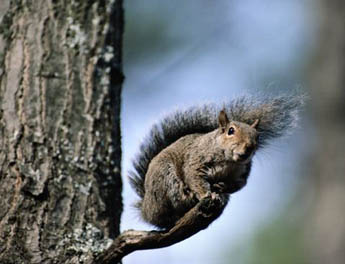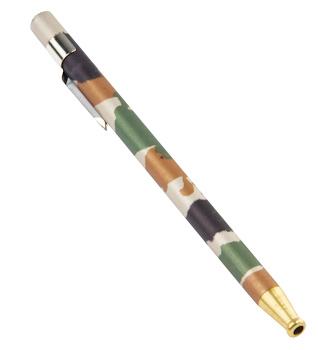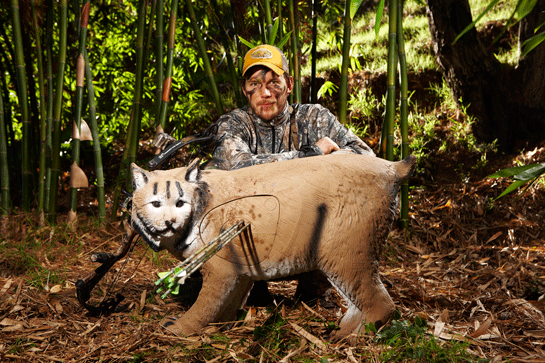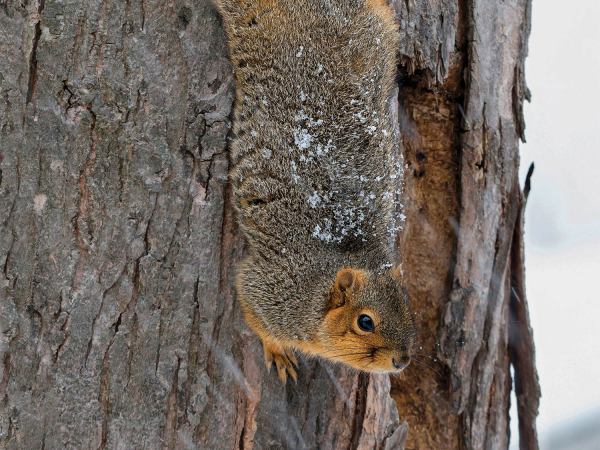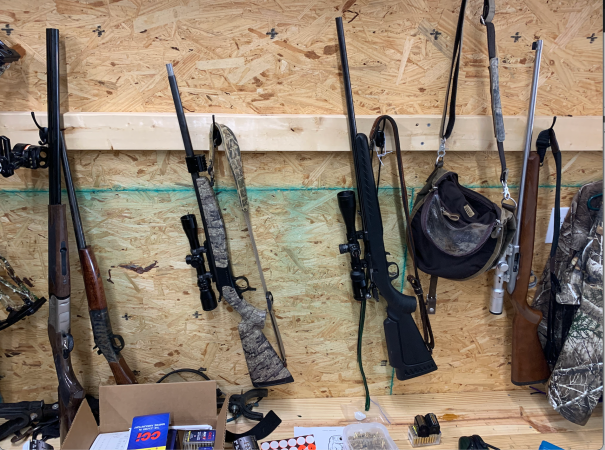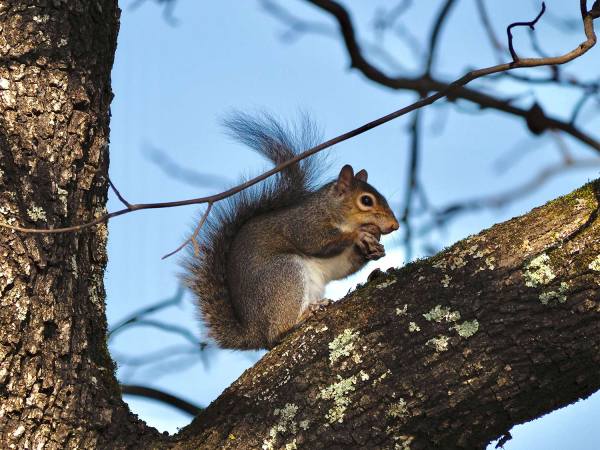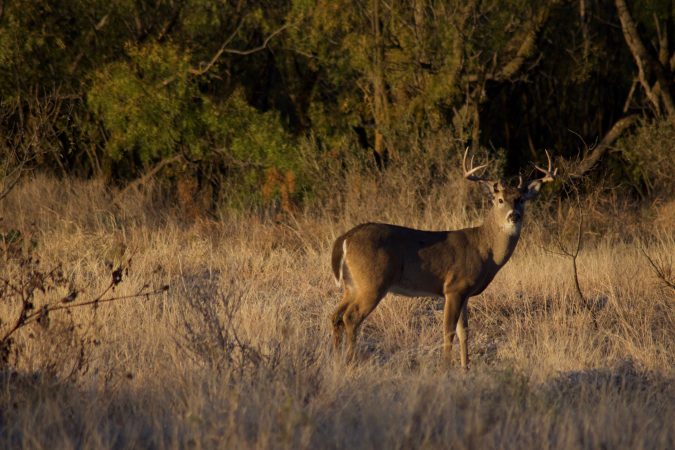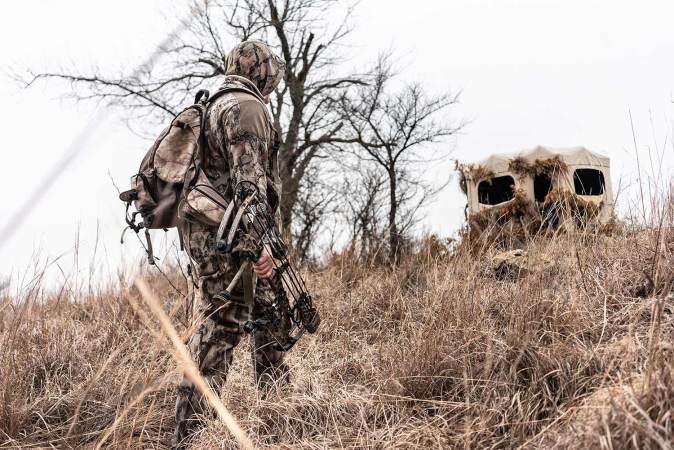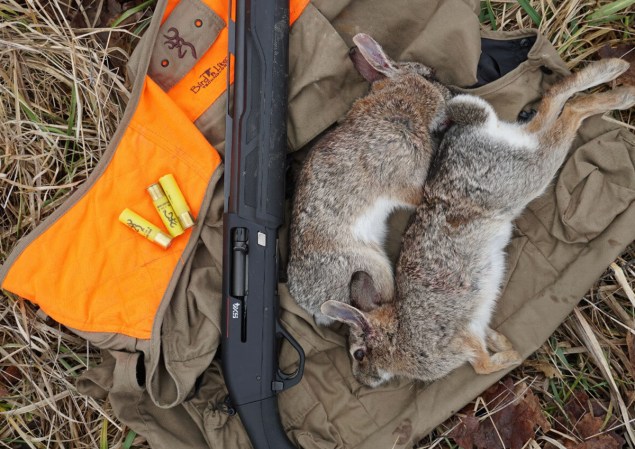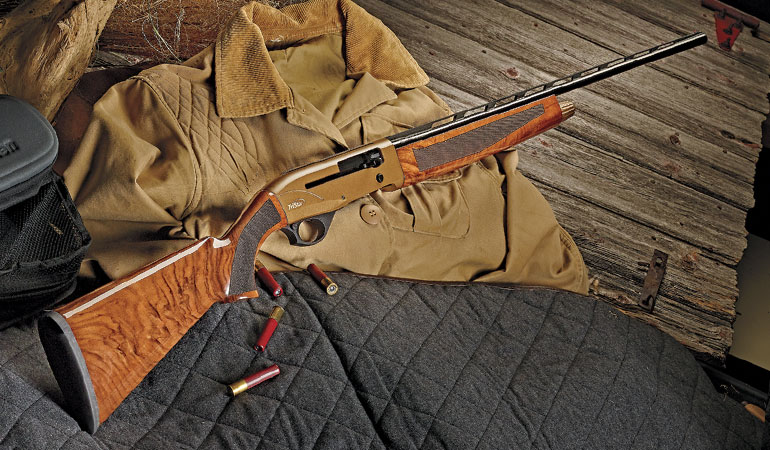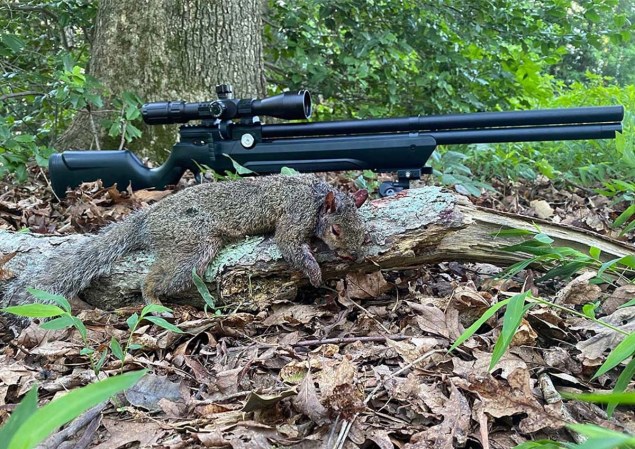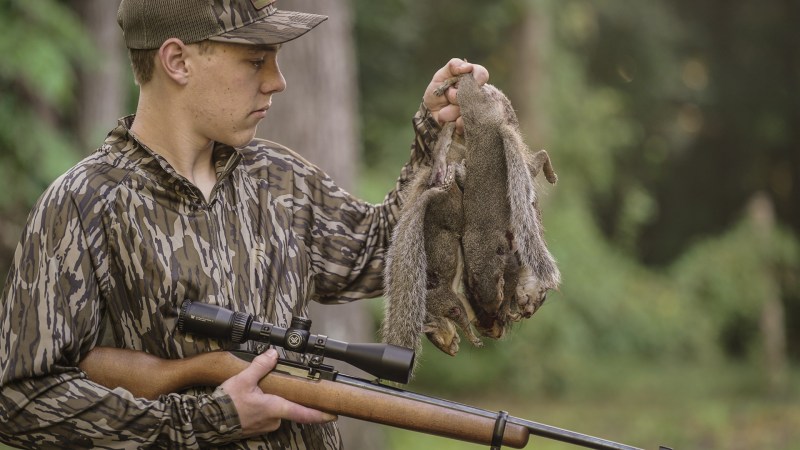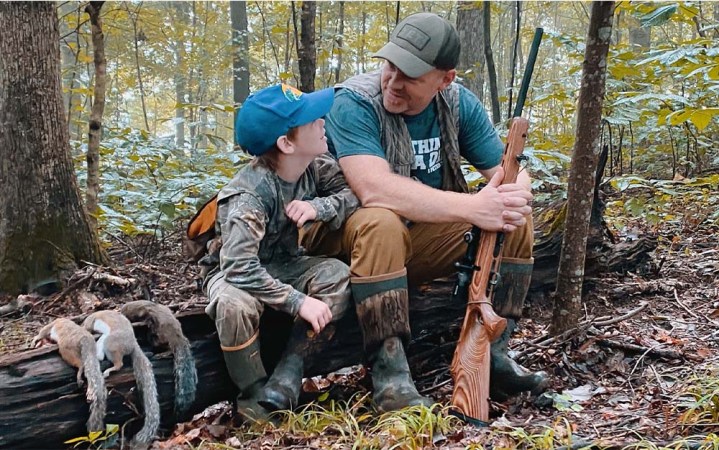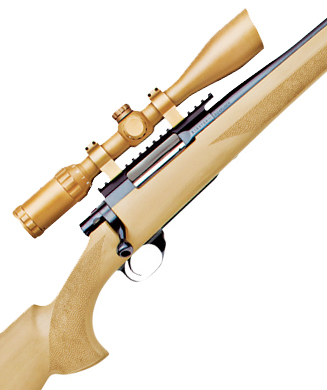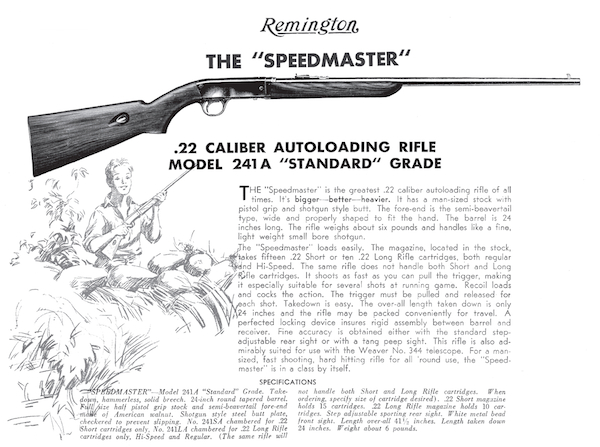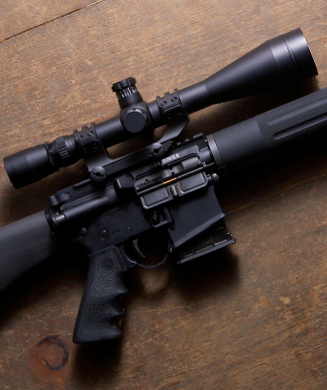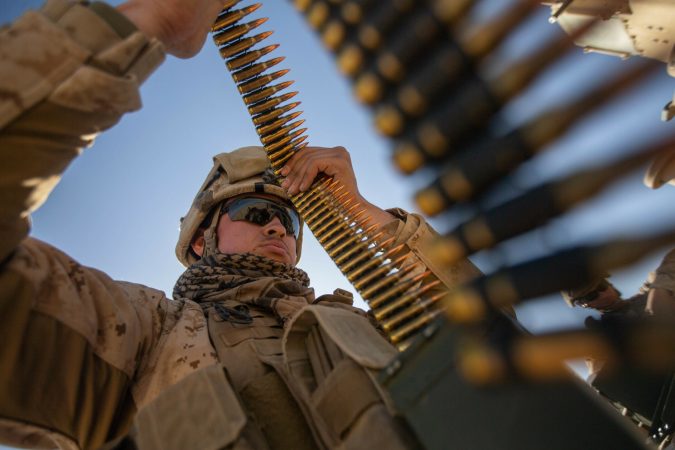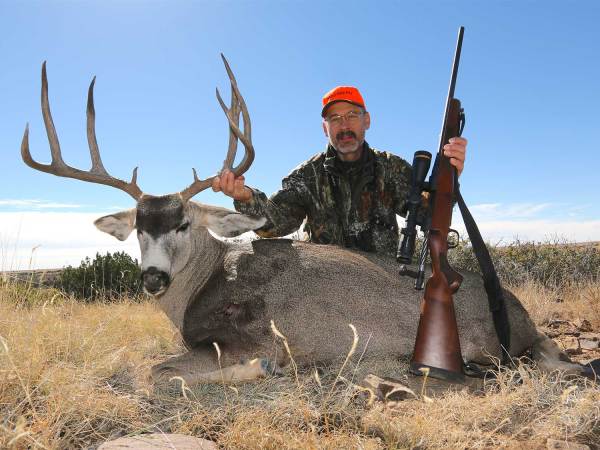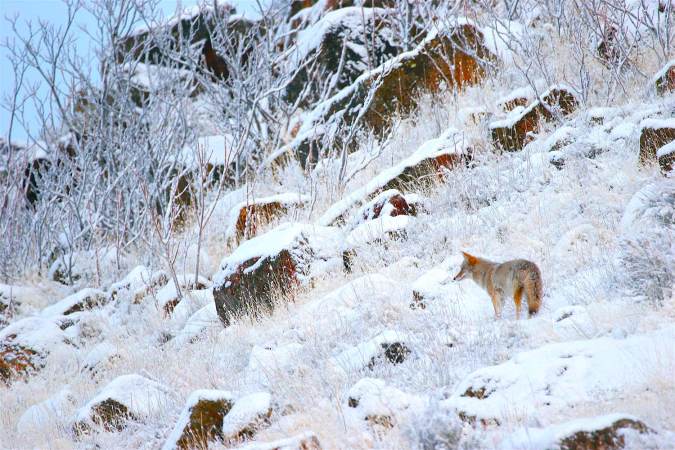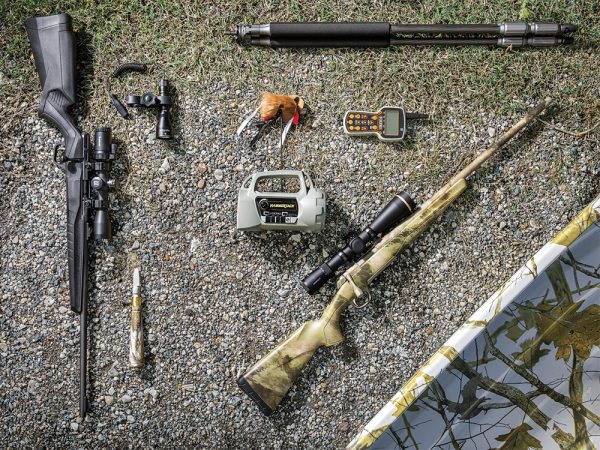We may earn revenue from the products available on this page and participate in affiliate programs. Learn More ›
The 4-wheel-drive truck finally lurched to a stop and I was glad for more reasons than one. The West Virginia mountain road we had just come up had been steep, rocky and full of hairpin turns. After a few instructions from our Stoney Point Plantation guide, I shouldered my new squirrel rifle, double-checked my pocket for my pair of squirrel calls, and started easing my way along the trail that led a little farther upward.
Within 50 yards I paused, slipped the magazine out of the Remington 504 I carried, and, one by one, pressed six rounds home. As quietly as possible, I put the clip back into the rifle. Then, stepping softly, I made my way another 150 yards along the old trail and into the still hardwood forest.
Now that I had put a little distance between myself and the vehicle that had brought me up the mountain, it was time to try some calling with the three-bellows call I had. I struck my palm aggressively against the call, then listened for an answering bark. After a few quiet minutes passed, I walked on down the trail in the growing daylight.
At the second place I called I got a response. The bushytail and I chattered back and forth for long minutes. I glimpsed the squirrel once or twice through the branches, but there were too many leaves to see it well enough to draw a bead. Another squirrel started barking at me from the opposite direction, so I drifted toward it. We fussed at each other for more minutes, and then the squirrel shut up.
I worked my way along the trail, trying to be as quiet as possible, as well as moving slowly and calling every 100 yards or so. Eventually a squirrel’s barking echoed my own. I decided to slip in close enough for a shot, which involved crawling up a steep bank next to the trail. Calling and easing along, I got as close as I dared. I was getting answers, which told me that the squirrel had not seen me yet. After some anxious minutes passed, I caught a glimpse of the bushytail. At that moment, however, two more squirrels joined the chorus.
The shot presented by the first squirrel was less than 50 yards. The side of a tree provided a good rest for the bolt-action and the scope’s crosshairs didn’t waver on the squirrel’s head. At the crack of the .22, the bushytail tumbled from its perch. I only had to move about 10 yards to get in position for the squirrel that had been calling to my right. A second Remington Eley Match load sent that one toppling, too. Although I waited, the third squirrel either vamoosed quietly or simply shut up and stayed still until I left.
I had no reason to complain, however. The back of my vest was weighed down with two squirrels and the morning had just begun. Stopping to reload, I listened to the awakening forest for a moment before moving.
SURE SHOTS
A long time ago I settled on “match” ammunition as the best .22s for bushytails. Over the years I have shot gray and fox squirrels with a variety of such ammo. Almost all of it meets high standards for accuracy, which is paramount in producing the makings of a meaty squirrel stew. Match-grade ammo is a bit more expensive, but the difference in accuracy between it and most hollowpoint and high-velocity loads is worth it.
You don’t just aim at a squirrel. You put the scope’s crosshairs on its head, neck or chest. Then you settle into a rock-steady hold before squeezing off a shot. If you can’t print 1-inch groups on paper at 50 yards, your chances of making a head shot on a squirrel 45 yards away are pretty slim.
Almost all match-grade .22 loads are packed with bullets that are reasonably soft, so some mushrooming will occur. In addition to Remington Eley Match EPS loads and other types of Eley Match ammo, I’ve also shot some impressive groups with Federal Gold Match, Lapua Master and PMC Match Rifle. Although they’re no longer available, I have a stashed supply of Winchester Mark IV Super Match. Winchester Super Silhouette rounds are also very accurate in my squirrel rifles, as are CCI Green Tag loads. Try different brands at a shooting range to determine which performs the best with your rifle.
MOVE SLOWLY, IF AT ALL
Theoretically, the killing range of a .22 is much farther than that of a shotgun. Considering the size of the target, however, and all the things that can hamper rifle accuracy in the woods, hunting squirrels with a .22 often requires you to approach a squirrel more closely than you probably would if you were carrying a 12-gauge. Whether you’re using a shotgun or a .22, squirrel hunting is all about sneaking through the woods and stopping occasionally to scan the ground and the treetops and to listen.
Likewise, when calling, pause for a minute or two before moving on. If you find an area under oaks or hickories with a lot of shell cuttings, take a stand and see what happens. Chances are the squirrels will come to you–or rather, the nut trees. It’s also advisable to find a comfortable seat and stay there on dry, windless afternoons when every step you take across the fallen leaves seems to echo through the woods. A hunter can call while sitting in one place for an extended period of time, but if my plan is to sit the quarry out I usually just sit still. Using a bellows call requires some hand motion and might alert squirrels that otherwise are coming my way without any added inducement. It’s difficult to escape detection by squirrels that are looking for you, or rather the other squirrel that they heard barking and came to find.
Squirrels are abundant in many states, yet quite a few game departments claim that squirrels are underharvested. It’s probably because so many deer seasons have been extended and few sportsmen have additional time for squirrel hunting.
When many of us were a lot younger, deer hunting was more limited, if it was allowed at all where we lived. Squirrel hunting was a popular alternative. It could be again: Bushytails offer good sport, especially when you go after them with .22s loaded with match-grade ammo.
Rifle Setups That Make the Grade
There are a lot of accurate squirrel rifles available nowadays from most firearms manufacturers. If you go shopping for a new .22, be prepared to shell out at least a few hundred dollars. If your eyes are up to the task, you can hunt squirrels with open sights; otherwise a good scope will save you a lot of frustration. Here are four of my favorite squirrel-hunting outfits.
Remington Model 504 This classy new bolt-action features an adjustable trigger and a button-rifled barrel. The 20-inch barrel and receiver are matte-finished. The stock has classic styling, with a rounded forearm and eye-catching cut checkering. There are sling swivels. I mounted it with a Kahles 2-7X rimfire scope (parallax-free at 50 yards) on Warne bases and rings.
Kimber 82B There’s a little more “shine” to the Kimber stock, compared to Remington’s 504. The gun’s metal parts are richly blued in the traditional manner. The barrel is 22 inches. The rifle is fitted with a Shepherd 2-7.5X scope, a combination that has proved to be exceptionally accurate. The Shepherd on my Kimber is attached with Warne rings.
Anschutz 1710 Sporter My most treasured .22 for bushytails is an Anschutz Model 1710 Sporter with a 23-inch barrel, a rollover cheekpiece and a rosewood grip cap. I recently topped the Anschutz with a 2-7X Burris Compact scope (my power choice for squirrels). The Burris is mounted in Weaver rings fitted to the rifle’s grooved receiver.
Remington 541T Yet another favorite squirrel rifle is a second Remington, the discontinued 541T (the “T” is for Target, due to the slightly heavier barrel). The barrel length is 23 inches. This is a precise long-distance shooter, which is why I have the rifle topped with a 12X Leupold with parallax-adjustable objective lens. The scope is attached with Weaver bases and rings.
Calling All Squirrels
The first step in learning to call squirrels effectively so you can determine their position is to hit the woods and do more listening than looking. Take a stand and listen for squirrels sounding off at intruders in their territory. A squirrel’s bark isn’t difficult to imitate with a bellows push-type call, but the tempo and aggressive sounds that bushytails make should be practiced.
Buy a call kit that includes an instructional tape. If it also has a young-squirrel-in-distress call, even better. Call companies that offer such packages include Knight & Hale (479-782-8971; www.knightand hale.com) and Hunter’s Specialties (319-395-0321; www.hunterspec.com). The kits cost about $10 apiece and can be purchased from most catalog outlets or hunting-supply stores.

